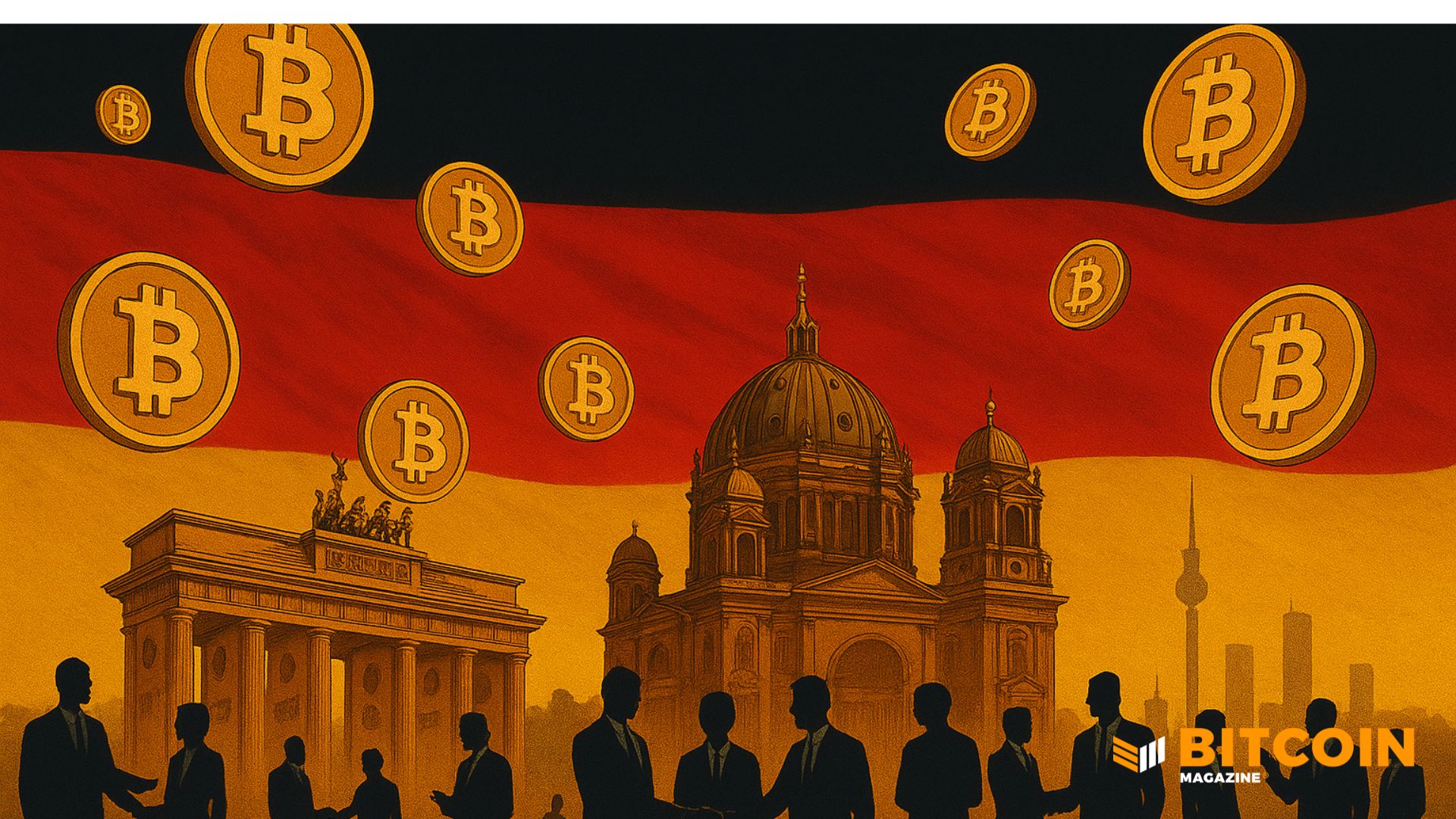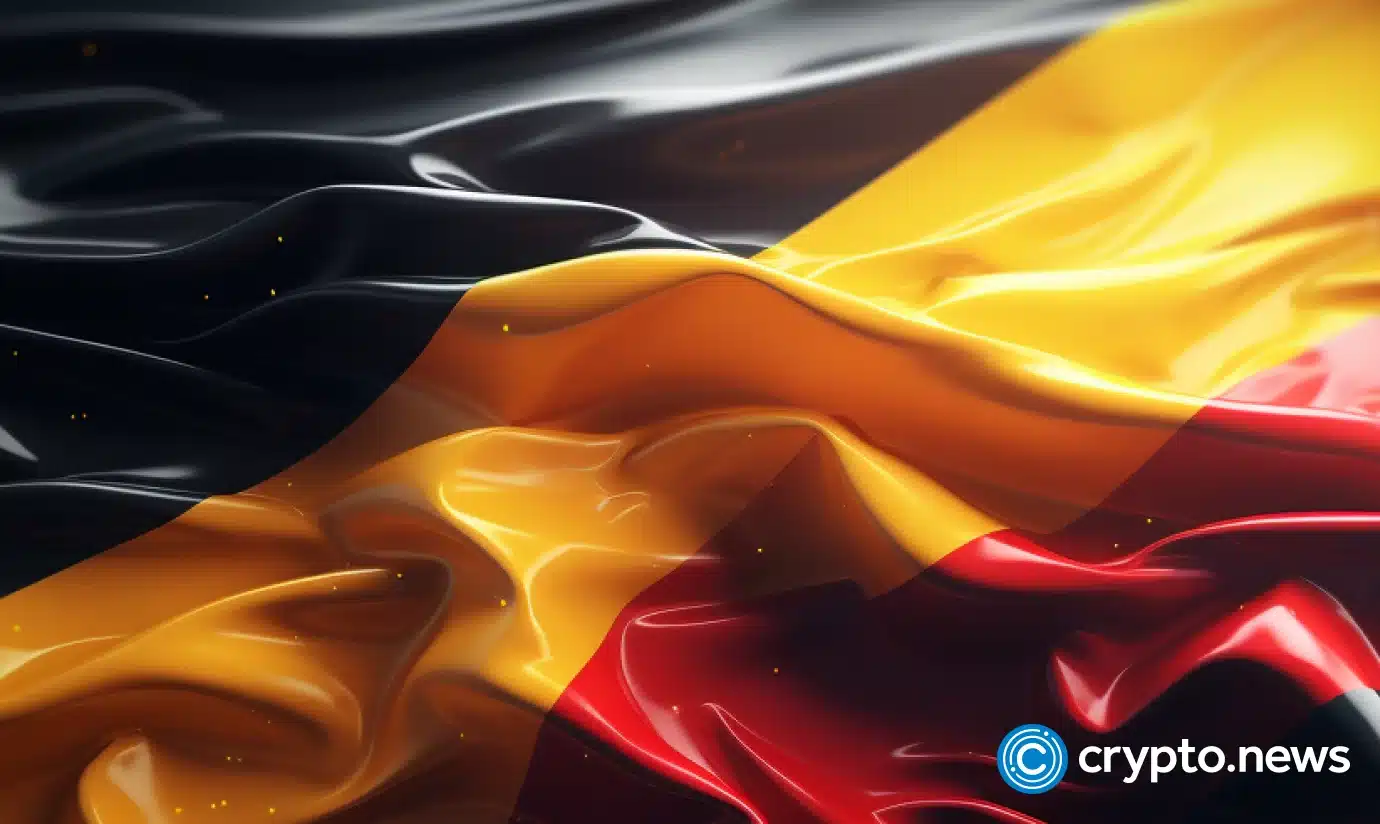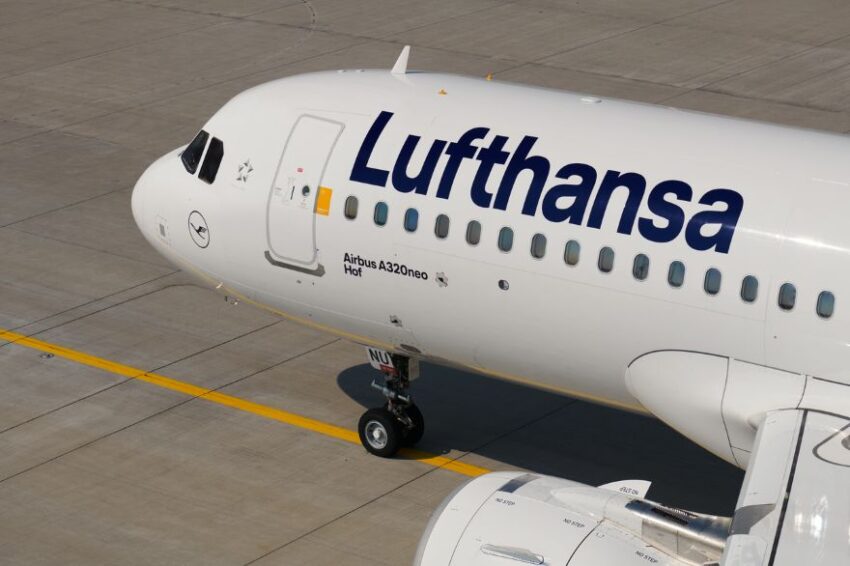Germany’s AfD party proposes Bitcoin as strategic asset
- The AfD party is urging Germany to treat Bitcoin as a strategic national asset.
- The AfD Bitcoin reserve motion seeks MiCA exemption and clear, favorable tax rules.
- AfD is pushing Bitcoin as “state-free money” to boost sovereignty.
Germany’s Alternative for Germany (AfD) party has put forward a parliamentary motion urging the government to recognize Bitcoin as a strategic asset.
The short, forceful proposal argues Bitcoin deserves distinct treatment from other crypto-assets and calls for tax and regulatory relief to bolster innovation and national sovereignty.
The Bitcoin strategic reserve motion by AfD
The AfD motion urges lawmakers to treat Bitcoin differently from tokens and stablecoins covered by the EU’s Markets in Crypto-Assets (MiCA) framework.
It argues Bitcoin’s decentralised design and fixed supply make it a unique form of digital value that should not be shoehorned into rules intended for centrally issued crypto instruments.
The party explicitly proposes that the government consider accumulating Bitcoin within national reserves as a hedge against inflation and currency volatility.
A central demand in the motion is tax certainty.
AfD lawmakers want to preserve the existing 12-month holding exemption for private capital gains and maintain Bitcoin’s exemption from VAT.
They also call for private mining and running Lightning Network nodes to be clearly classified as non-commercial activities, reducing administrative burdens for individual participants.
The motion stresses the right to self-custody and warns that legal uncertainty deters long-term private investment.
AfD frames the proposal as part of a broader defence of digital sovereignty.
The party opposes a European digital euro and portrays Bitcoin as “state-free money” that can protect liberties and reduce dependence on centrally issued currency instruments.
The motion arrives amid debate over Germany’s decision in mid-2024 to sell nearly 50,000 BTC seized from criminal proceedings — an action AfD and others now characterise as a policy mistake given subsequent price movements.
The proposal argues that heavy-handed national implementation of MiCA risks capital flight and diminishes Germany’s standing in blockchain innovation.
AfD lawmakers say excessive rules will push firms and talent to friendlier jurisdictions, eroding competitiveness in a field with rapidly evolving technology and commercial models.
AfD also highlights potential synergies between Bitcoin and energy policy.
The motion suggests that productive uses of excess renewable supply — including mining — could create a technological and economic fit between Germany’s energy transition and the Bitcoin network.
The party frames state accumulation of Bitcoin as a prudent diversification of reserve assets, drawing parallels to moves and proposals in other European countries that have discussed or adopted similar approaches.
Beyond urging a strategic statement from the federal government, the motion seeks concrete commitments: keep tax advantages intact, exempt certain private operations from commercial classification, enshrine self-custody rights, and open study of Bitcoin’s role in reserves and energy integration.
AfD wants the Bundestag to formally recognise Bitcoin’s distinct status and to restrain national rule-making that would extend MiCA beyond its intended scope.
The reaction from the public
Supporters in crypto circles welcomed the proposal as a sign that mainstream political debate is shifting away from dismissive tropes about digital currencies.
Critics, however, worry the plan could politicise reserve policy or clash with EU regulatory intent.
Observers note that Germany occupies an outsized spot in Europe’s economy, so any move to treat Bitcoin strategically would reverberate across markets and policy debates.
As Bundestag review AfD’s motions and the larger question of how national policy should sit alongside EU rules, whether the proposal gains traction depends on cross-party calculation about economic benefits, sovereign risk, and regulatory coherence.
The post Germany’s AfD party proposes Bitcoin as strategic asset appeared first on CoinJournal.



 Germany’s second-largest party, AfD, introduced a motion to build a
Germany’s second-largest party, AfD, introduced a motion to build a 



 The VW ID.3 is the third best-selling vehicle with private buyers in Germany.
The VW ID.3 is the third best-selling vehicle with private buyers in Germany.